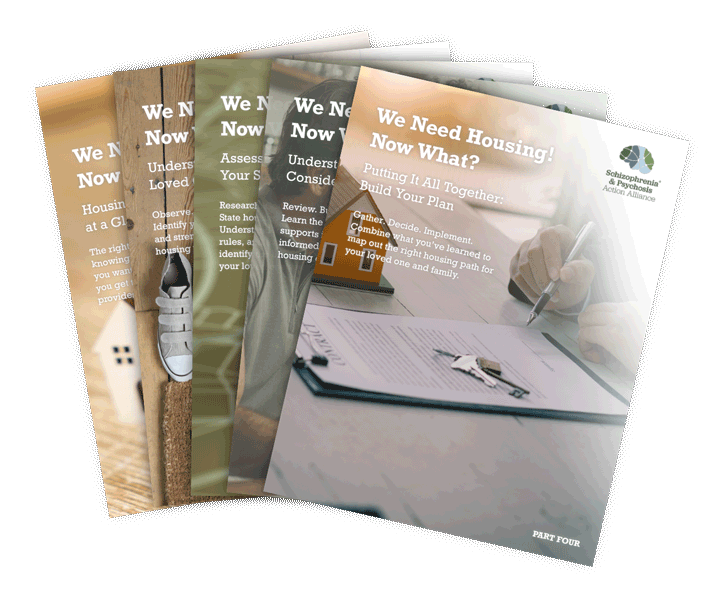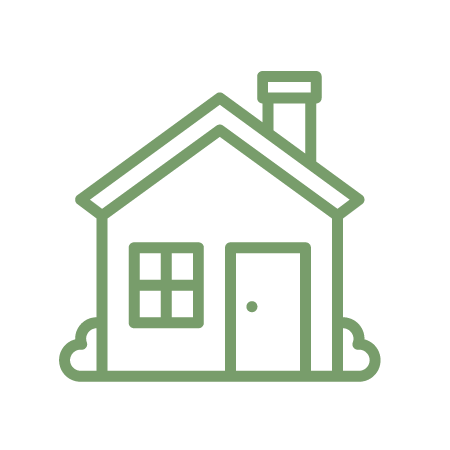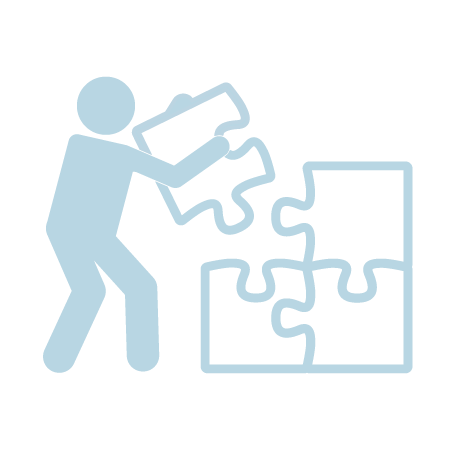The housing toolkit is designed to help individuals and families navigate one of the most urgent and complex challenges in recovery—finding safe, stable housing. This toolkit offers a clear framework for understanding options, identifying resources, and planning next steps based on each person’s unique needs, finances, and location. It equips our community with tools, personal assessments, and actionable guidance to build a path toward stability, recovery, and well-being. The Housing Toolkit won’t solve the housing crisis but gives our community a path forward.
The housing toolkit is structured to allow you to easily access the information that’s most important to you. Each section includes worksheets to help you reflect, plan, and take concrete next steps. You can figure out what type of housing supports your loved one’s safety, recovery, and stability by considering their personal situation, what they can afford, and what is available in their tate.
There are four main parts to the toolkit:



1
Identify the personal considerations that will guide your housing plan

2
Obtain practical guidance to understand local housing options

3
Analyze how your financial resources shape your housing plan

4
Create an actionable roadmap to finding the best housing solution for your loved one.
Every gift helps individuals and families living with schizophrenia and psychosis move closer to safe, stable housing and the support they deserve.
Independent living and housing stability are core principles of the psychiatric recovery process. Only when basic needs such as safe, affordable and permanent housing are met can individuals with SMI reintegrate into their community, consistently engage with mental health services and begin (or restart) recovery.”
– Zisman-Ilani et al. (2024)
The United States is facing a widespread housing crisis. In many regions, affordable and supportive housing is scarce, leading to unstable living situations and forcing vulnerable populations—particularly those with schizophrenia and psychosis-related disorders —into cycles of substandard living conditions, homelessness, or incarceration.
3 of 4 Homelessness has been climbing after years of decline, indicating widening gaps in limited housing supply rather than individual factors alone. An estimated 21% of people experiencing homelessness in the U.S. have a serious mental health condition (U.S. Department of Housing and Urban Development, 2022). People living with schizophrenia and psychosis-related disorders are overrepresented in the homeless population. In fact, schizophrenia affects about 1% of the general population but up to 20% of the homeless population by some estimates (National Alliance to End Homelessness, 2023). Additionally, within the homeless population, around 25% to 30% of chronically homeless adults have a serious mental illness like schizophrenia, underscoring the connection between untreated psychosis-related disorders and lack of long-term housing stability (SAMHSA, 2011).
Further, people with psychotic symptoms who lack supportive housing often end up being “housed” in prisons. In 2021, 8.8% of state prisoners and 3.2% of federal prisoners had a history of schizophrenia or another psychosis-related disorder (U.S. Department of Justice et al., 2021).
Despite strong efforts from advocates and support organizations, most communities lack sufficient affordable, supportive housing options. Inconsistencies from state to state in availability, funding, and support services make the problem worse. These gaps create long waitlists, restrictive eligibility rules, and limited access to specialized treatment for schizophrenia. The system is even more fragmented for those in crisis or transitioning from the hospital.
Unsurprisingly, housing is one of the most frequent concerns raised on the S&PAA resource line via phone and email. Additionally, a 2024 S&PAA community survey on educational needs and resources conducted among diagnosed individuals and caregivers identified housing as a top concern. Our community — individuals, families, and advocates — has spoken up about wanting to be equipped with the knowledge, resources, and support needed to secure a stable place to call home.
This toolkit was developed through a comprehensive, iterative process grounded in both lived experience and scientific research. We engaged in multiple feedback cycles with our Family Advisory Committee and Peer Advisory Committee to ensure the content reflects real-world needs and perspectives. The development process involved an extensive review of housing literature, recent peer-reviewed journal papers, and expert organizational resources. Each section was shaped and refined based on emerging evidence, best practices, and continuous input from stakeholders with expertise in housing, recovery, caregiving, and mental health systems.